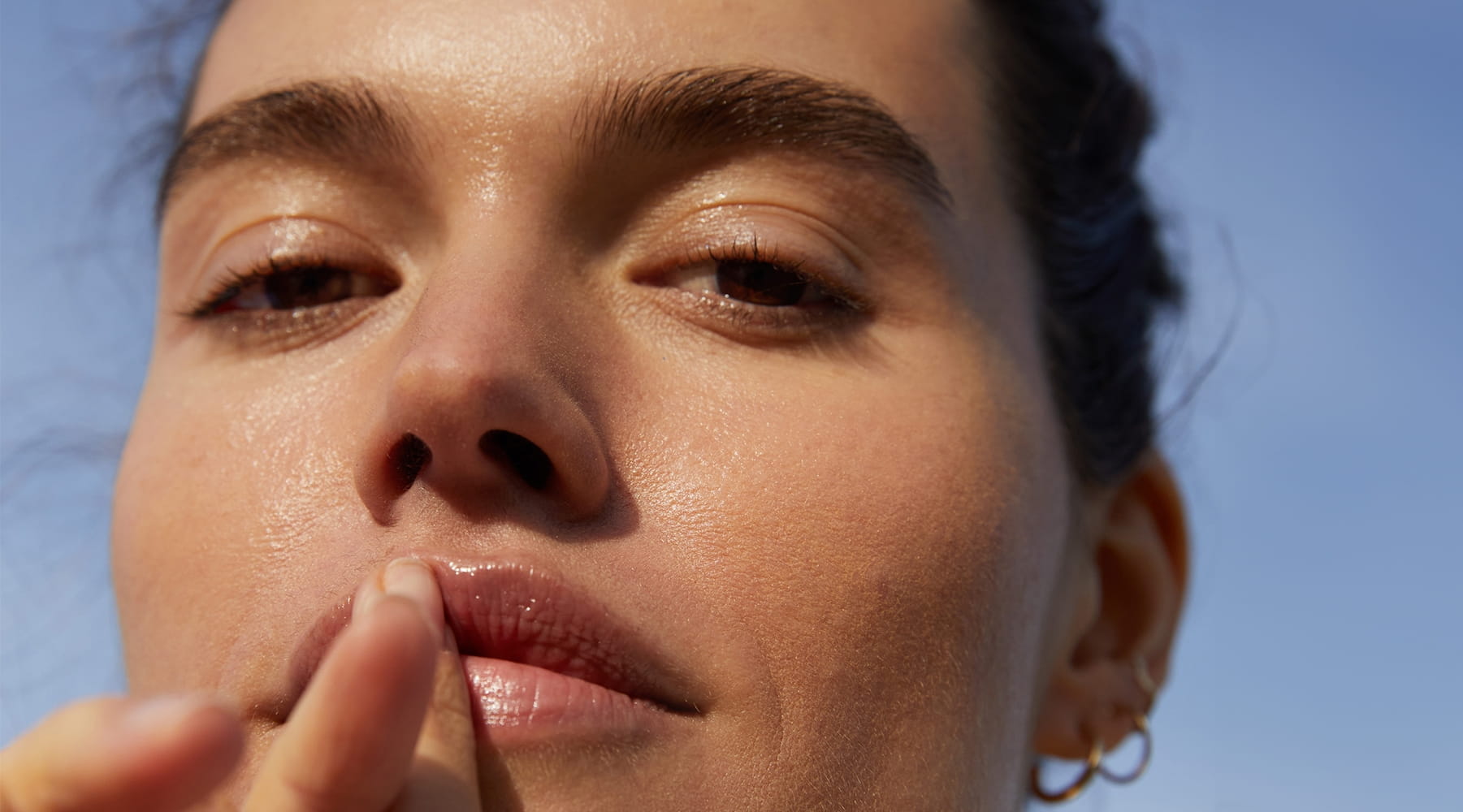
How To Get Rid of Shaving Rash or Razor Burn
Want a close shave without the razor rash and burn? We've got the 5 simple steps to get you soft, smooth legs.
5 Steps to Prevent Shaving Rash
Shaving rash sometimes known as razor burn can be painful and annoying. It is a type of skin irritation that occurs on the skin after shaving. It usually appears after a few minutes but can also develop a little later in the day if you're wearing tight clothes, or if the skin is exposed to the elements. Shaving rash is not the same as razor bumps. Razor bumps are caused by lots of little in-grown hairs rather than the rash from the razor.. Whether you're trying to treat a harsh case of shaving rash or just trying to avoid it altogether try NIVEA's 5 steps.










